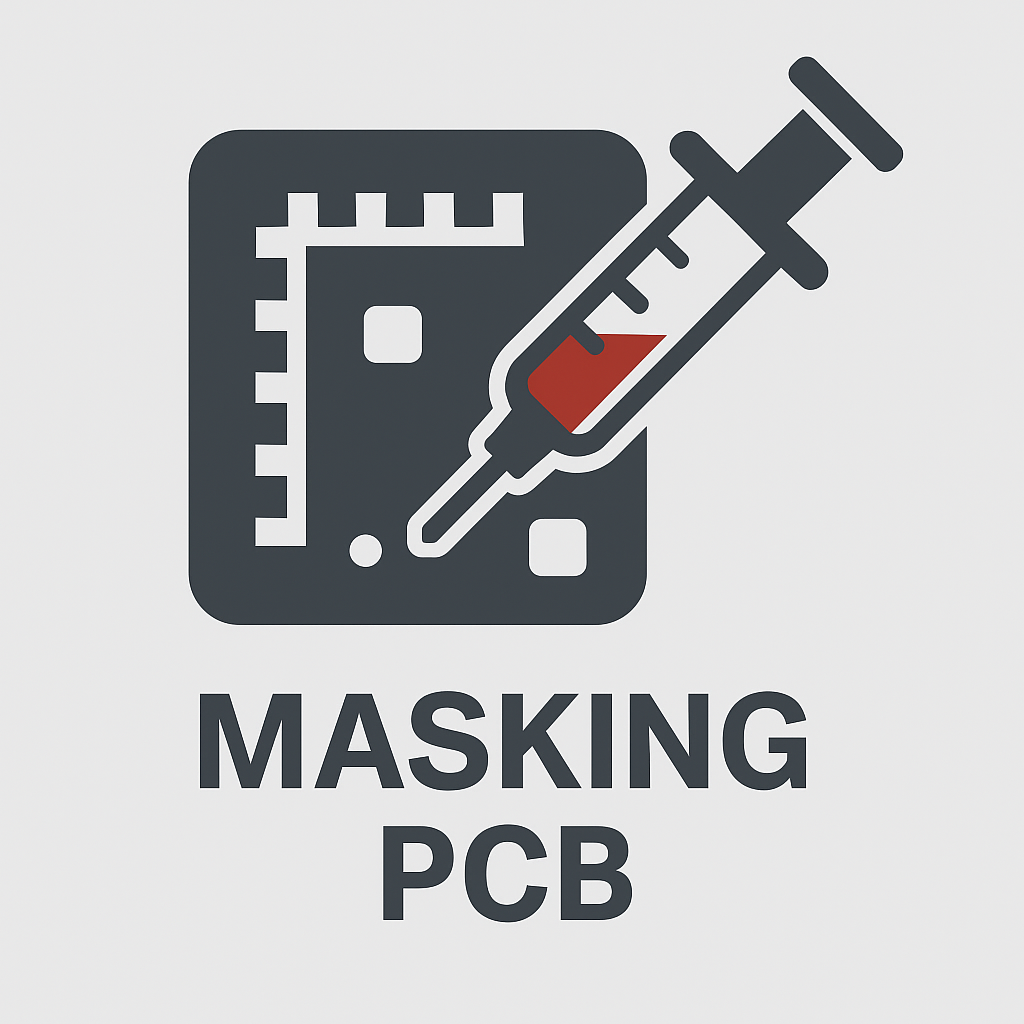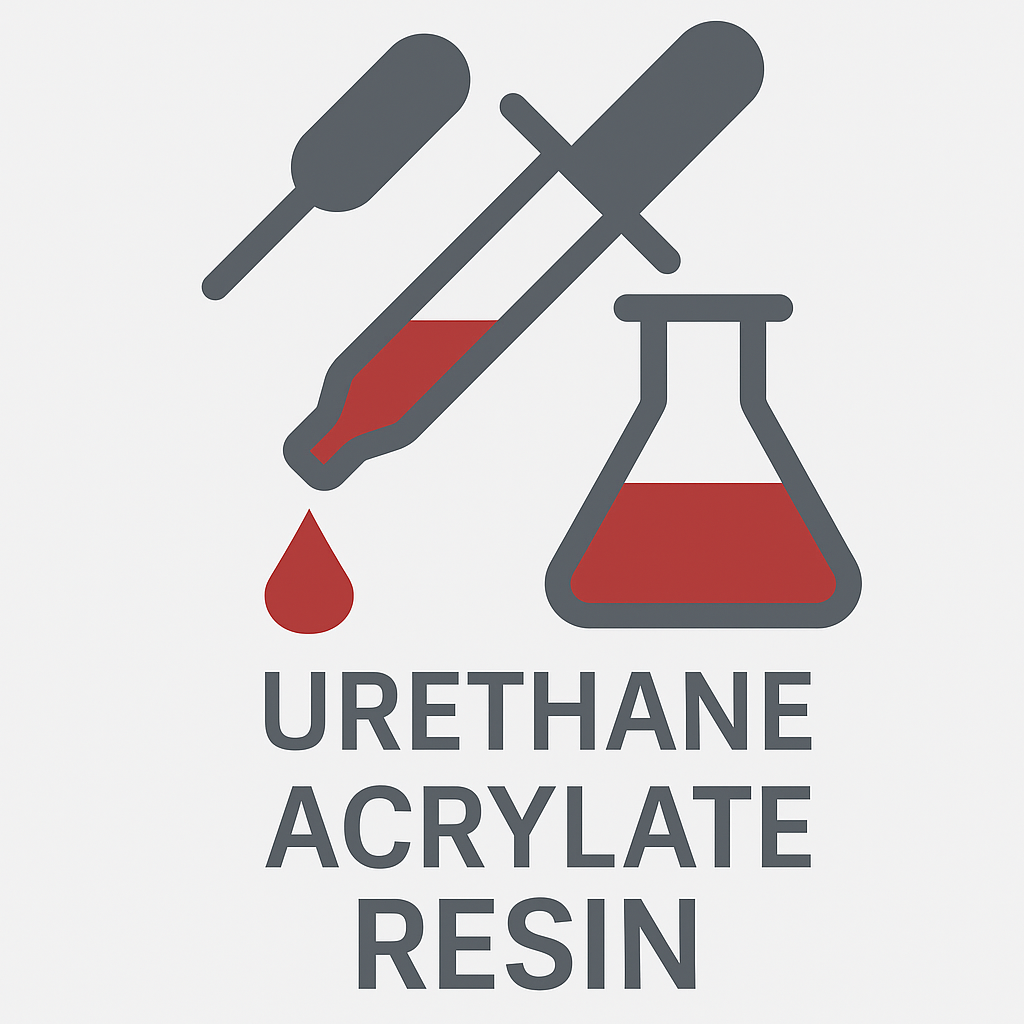Target Applications
- Masking connectors, edge fingers, test pads, and switch bodies during conformal coating.
- Wave/selective soldering keep‑out protection on PCB assembly lines.
- Temporary protection of rework/repair areas prior to coating.
HumiSeal® UV92 is a soft, one part, UV curable masking material. HumiSeal® UV92 applies easily because of its shearing thinning viscosity profile and is 100% cured by exposure to UV to provide a temporary barrier to prevent ingress of coatings into keep out areas.
HumiSeal® UV92 has excellent solvent resistance that provides selective release from conformal coating. HumiSeal® UV92 will survive intermittent exposure to temperatures up to 150°C. HumiSeal® UV92 is REACH and RoHS compliant and available in bulk and syringes.
| General Properties | |||||
| Appearance Appearance Appearance at room temperature. | Milky white | ||||
| Chemistry Type | Urethane acrylate | ||||
| Specific Gravity Specific Gravity Specific gravity (SG) is the ratio of the density of a substance to the density of a reference substance; equivalently, it is the ratio of the mass of a substance to the mass of a reference substance for the same given volume. For liquids, the reference substance is almost always water (1), while for gases, it is air (1.18) at room temperature. Specific gravity is unitless. | 1.04 | ||||
| |||||
| |||||
| Mechanical Properties | |||||
| |||||
| Elongation Elongation Elongation is the process of lengthening something. It is a percentage that measures the initial, unstressed, length compared to the length of the material right before it breaks. It is commonly referred to as Ultimate Elongation or Tensile Elongation at break. | 200 % | ||||
| Thermal Properties | |||||
| Glass Transition Temperature (Tg) Glass Transition Temperature (Tg) The glass transition temperature for organic adhesives is a temperature region where the polymers change from glassy and brittle to soft and rubbery. Increasing the temperature further continues the softening process as the viscosity drops too. Temperatures between the glass transition temperature and below the decomposition point of the adhesive are the best region for bonding. The glass-transition temperature Tg of a material characterizes the range of temperatures over which this glass transition occurs. | -50 °C | ||||
| Operating Temperature | -50 - 150 °C | ||||
HumiSeal® UV92 is a soft, peelable, UV-curable masking material used to protect keep-out zones during conformal coating, wave/selective soldering, and rework. Apply it where coating is not desired—e.g., on connectors, test pads, edge fingers, and switch bodies—then cure and peel away cleanly after processing.
It dispenses easily thanks to a shear-thinning, thixotropic paste rheology; cures 100% under UV (LED 365/405 nm or “H” type microwave/arc lamps ≥200 mW/cm²); resists solvents for selective release from conformal coatings; peels cleanly with no residue; and won’t tarnish gold, tin, copper, phosphor-bronze, or Sn/Pb solder.
HumiSeal® UV92 is a purpose-built, peelable mask for PCB manufacturing. Its thixotropic profile allows precise bead/dam formation by syringe or automated dispensing, then a fast UV cure locks it in place to keep contacts and connectors free of conformal coating. After processing, it peels away cleanly without residue—ideal for high-reliability assemblies that must remain testable and serviceable.
Key Features at a Glance


HumiSeal® UV92 can be applied as a soft, peelable mask using syringes or automated dispensing equipment. Its thixotropic viscosity allows bead or dam formation, making it easy to control placement around connectors, test pads, and other keep-out zones.
Application Methods
Curing Options: 100% cured with UV exposure — UV-LED at 365 nm or 405 nm, or microwave/arc lamp systems (minimum 200 mW/cm²). Once cured, UV92 acts as a barrier to prevent conformal coating from entering protected areas. Removal is simple: peel away cleanly without residue.
Application Compatibility
HumiSeal® UV92 is compatible with a wide range of PCB materials and finishes, ensuring it can be safely used across diverse electronic assemblies:
Its built-in UV tracer allows quick, accurate inspection under UV light to confirm full coverage before coating.
After processing, HumiSeal® UV92 can be peeled off cleanly without residue, allowing re-masking or rework as needed.
Withstands temperatures from −50 °C to +150 °C and maintains performance during intermittent high-temperature exposure. Its solvent resistance ensures clean removal after exposure to harsh processes.
HumiSeal® UV92 meets stringent industry standards, ensuring reliability and regulatory adherence for OEMs and contract manufacturers: